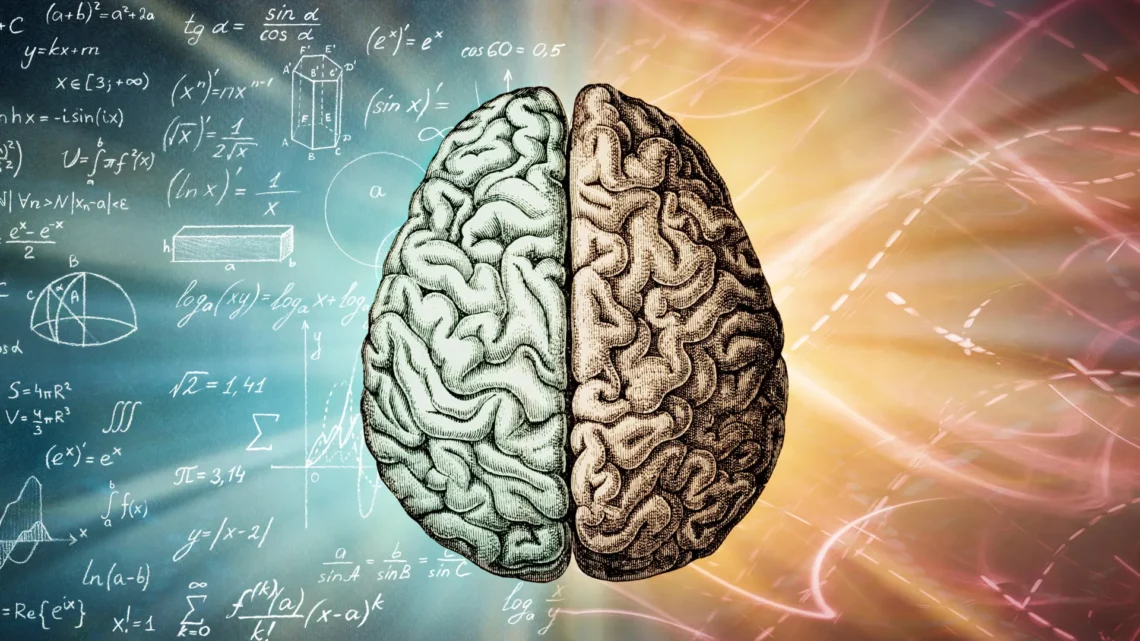A new study published in Molecular Biology and Evolution by Oxford University Press suggests that the relatively high rate of Autism Spectrum Disorders (ASD) in humans may be rooted in our evolutionary history.
Currently, about one in 31 children in the United States—3.2%—is diagnosed with Autism Spectrum Disorder. The World Health Organization estimates that around one in 100 children worldwide is affected by autism. From an evolutionary standpoint, many scientists believe that autism and schizophrenia are largely unique to humans, as similar behaviors are rarely observed in non-human primates. Additionally, the behaviors linked to these disorders often involve cognitive abilities, such as speech and comprehension, which are either exclusive to humans or significantly more advanced in our species.
Thanks to advancements in single-cell RNA sequencing, researchers can now identify specific cell types throughout the brain. As they compiled larger datasets, it became evident that the mammalian brain contains a remarkable variety of neuronal cell types. Large-scale sequencing studies have also uncovered extensive genetic changes in the human brain that are not seen in other mammals—these genomic elements evolved rapidly in humans while remaining relatively stable in other species.
While prior research indicated that some cell types have evolved more consistently than others, the reasons for the differences in evolutionary rates remain unclear. In this study, researchers examined recently released cross-species single-nucleus RNA sequencing data from three distinct brain regions in mammals. They discovered that a prominent type of outer-layer brain neuron, known as L2/3 IT neurons, evolved much more rapidly in humans compared to other apes. Interestingly, this rapid evolution was linked to significant changes in genes associated with autism, likely influenced by natural selection specific to the human lineage. Although these findings strongly suggest that natural selection favored genes linked to Autism Spectrum Disorder, the benefits these changes provided to our ancestors remain uncertain.
Understanding the advantages gained from these genetic changes is challenging because we still do not know which unique cognitive features, brain structures, or neuronal connections provided early humans with a fitness edge. The researchers speculate that many of these genes are related to developmental delays, meaning their evolution could have contributed to the slower brain development observed in humans compared to chimpanzees. This slower developmental pace may have enhanced our unique capacity for speech production and comprehension, which are often influenced by autism and schizophrenia.
It’s possible that the rapid evolution of genes associated with autism offered a fitness advantage by prolonging postnatal brain development or increasing language capabilities. A longer developmental period during early childhood may have promoted more complex thinking, which benefited human evolution.
“Our results suggest that some of the same genetic changes that make the human brain unique also made humans more neurodiverse,” said the study’s lead author, Alexander L. Starr.
Summary: A recent study in Molecular Biology and Evolution suggests that the high prevalence of Autism Spectrum Disorders in humans may be linked to our evolutionary past. Researchers found that certain brain neurons evolved rapidly in humans, strongly correlating with genes associated with autism. The study proposes that these genetic changes may have provided our ancestors with cognitive advantages, although the specific benefits remain unclear.





